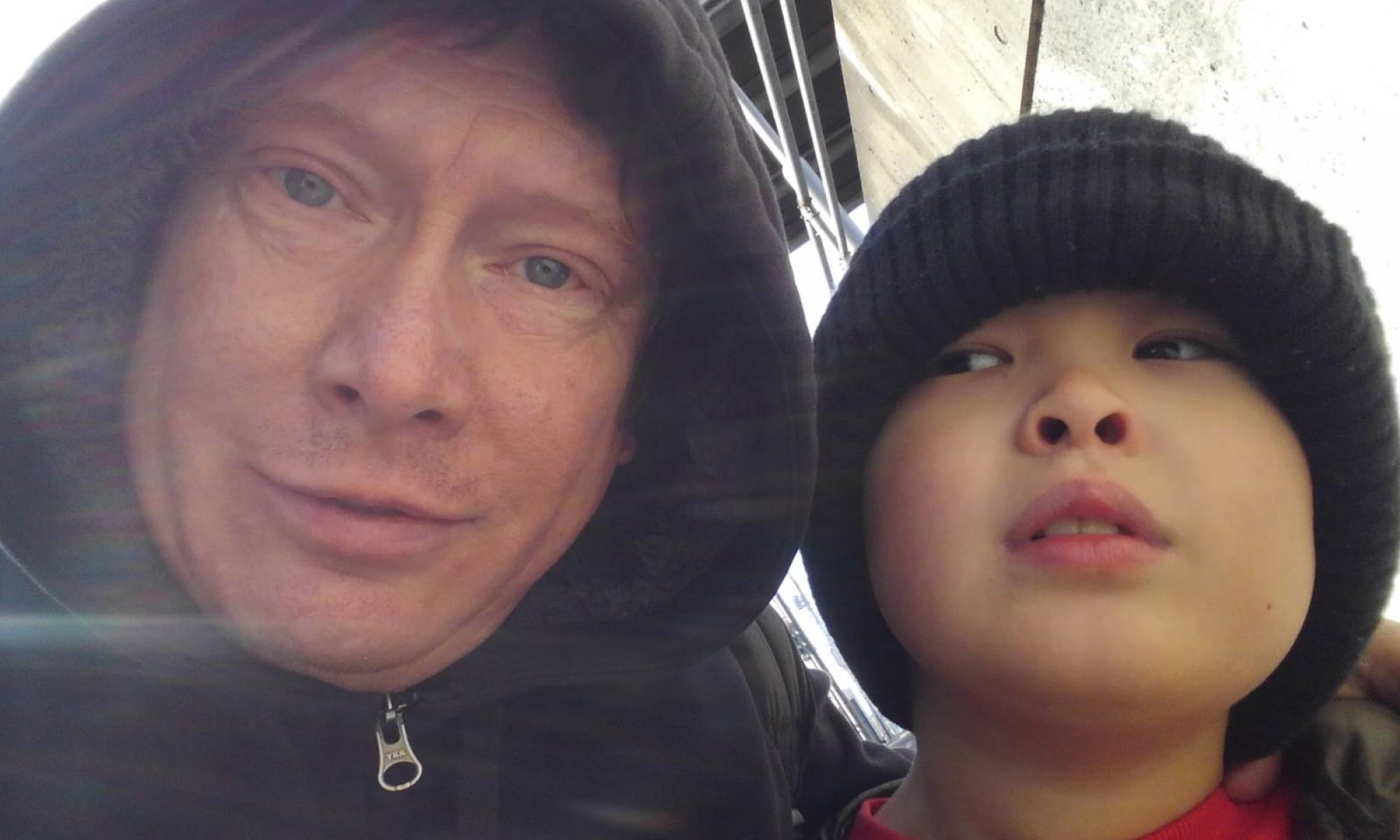The late Walt Disney, and his studios, are the first name that comes to mind, when thinking of animation. I always knew that his films were painstakingly drawn out, frame by frame, in a process that could sometimes take years.
But, I had no idea they developed new methods and technology to improve the visual aspects of their films (plus save a ton of production time and cost). I knew how they made 3-D images (I don’t know the proper term for the process), where you can place clear slides between objects to create depth…but I thought that was for stills. It could be carried over for MOVIES TOO. Here is a better explanation of how the process works:
“What is a multi-plane camera? As the name suggests, it is a camera that shoots into many different planes. But what it is to animation is visual magic. By animators separating scenes into multiple levels, the can animate each level at different speeds, or at differing levels of focus or light. Typically, the level furthest from the camera is not moved, and each successive layer closer to the camera moves across the view of the camera at a faster speed. In the process, an illusion of three-dimensional is created. Picture looking out your car as you speed down the freeway; the guard rail is a blur, the houses next to the freeway move by fast, those in the distance seem to move slower and the mountains in the distance hardly move at all. This is what was being duplicated in animation on a multi-plane camera.”
(Source: Big Cartoon News)
Maybe it looks simple to any modern animator (perhaps its still being done by some…who knows), but it’s still nostalgic…and I love nostalgia. Enjoy.
P.S. I also didn’t know Walt Disney referred to his works as cartoons…surprised me!!

Here’s an example of the finished product, the first short Disney Studios created with the process:

